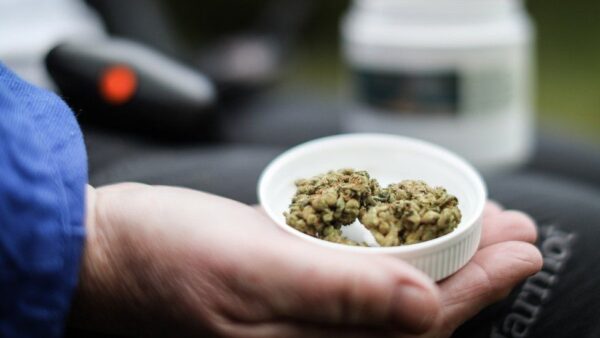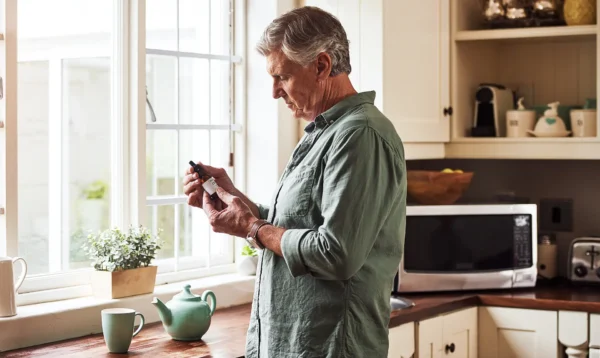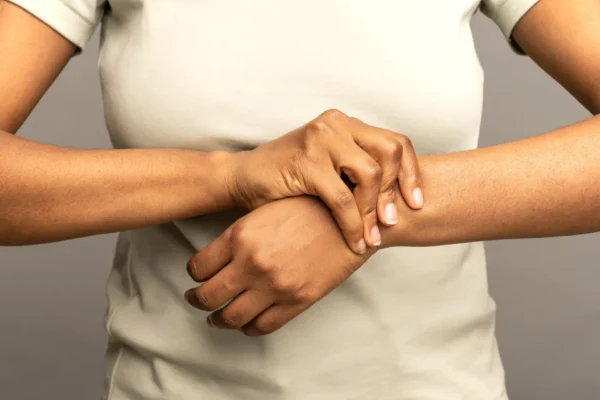In recent years, medical cannabis has become increasingly available around the world as a growing number of jurisdictions have changed laws and regulations to make it available to patients as an option. As more countries introduce their own guidelines on the production, licensing, and prescription of medical cannabis, it is essential to be aware of the differences in regulations set out by different jurisdictions.
Medical cannabis was legalised in the UK in 2018, many patients have questions about how the system works. A recent review in the Journal of Forensic and Legal Medicine offers a comprehensive summary of the regulations governing medical cannabis in the UK, the European Union (EU), and the United States (US). This overview can help patients understand the different legal approaches and the strict framework that governs access to these treatments.
Key Components of Medical Cannabis
The cannabis plant contains a wide array of chemical compounds, but the most well-known are delta-9-tetrahydrocannabinol (THC) and cannabidiol (CBD). THC is often associated with its potential to cause “euporia”, but alongside CBD it is an important component of medical cannabis products. Medical cannabis may contain a varied composition of these compounds, and others, that presents a challenge for regulation and consistency in product development. In addition medical cannabis may be available in a variety of formats, such as dried flower, inhalation devices, pastilles, and oils.
The UK’s Highly Regulated Framework
The UK has implemented a clear legal framework that permits the controlled use of medical cannabis for patients who have not responded to licensed treatments.
- Who Can Prescribe? In the UK, only specialist doctors registered with the General Medical Council (GMC) are authorised to initiate a prescription for medical cannabis. This decision must also be supported by a multidisciplinary team. This is a more cautious approach than in some US states, where access may be broader.
- Access Pathways: Patients can access medical cannabis through several routes. These include licensed products with a marketing authorisation from the MHRA (such as Epidyolex and nabiximols), “specials” prescriptions for unlicensed products when no suitable alternative exists, or through early access schemes for severe conditions. Licensed products may be accessed via the NHS for treatment-resistant epilepsy, multiple sclerosis-associated spasticity and chemotherapy-induced nausea and vomiting. Therefore the majority of prescriptions in the UK are provided for unlicensed products via specialist clinics, such as Curaleaf Clinic.
- Safety and Standards: Products must adhere to stringent standards, including Good Manufacturing Practice (GMP). The MHRA oversees ongoing safety monitoring through the Yellow Card Scheme, where clinicians and patients can report any suspected adverse events.
- Driving Laws: The UK has a strict zero-tolerance policy for driving under the influence of cannabis, with a legal THC limit of 2 micrograms per litre of blood. However, a patient with a legal prescription has a statutory medical defence if they are not impaired and are following their doctor’s advice.
The European Union: A Patchwork of Regulations
Medical cannabis is now legal in the majority of European Union (EU) member states; however, there remains significant variability between countries. Within the EU, there is no single, harmonised regulation for medical cannabis. Instead, rules vary significantly by country.
- Product Regulation: While the European Medicines Agency (EMA) can grant marketing authorisation for products to be sold across all member states (such as Epidyolex for epilepsy), many countries have their own national approval processes.
- Forms of Cannabis: Cannabis is used for various purposes in the EU, including as medicinal products, cosmetics, food, and industrial hemp. The distinction between these categories is often based on THC content, with hemp having very low levels (below 0.2%).
- Patient Access: Access is country-specific, and some nations have increased accessibility compared to others. In some countries like Germany, patients can access standardised cannabis products, while others like Croatia and Russia require special import licenses. The lack of standardised rules can create challenges for patients, clinicians, and businesses.
- Cultivation: Medicinal cannabis cultivation is currently permitted in several EU countries, including Austria, Italy, the Czech Republic, Greece, Germany, Malta, Portugal, and the Netherlands.
The United States: State-Level Legalisation with Federal Hurdles
The United States (US) has a complex and fragmented regulatory landscape for medical cannabis.
- State Law: At present 40 states and four US territories and the District of Columbia have legalised the use of medical cannabis to varying levels with a patchwork of different rules and regulations governing their access.
- Federal Law: While many individual states have legalised medical cannabis, it remains illegal at the federal level under the Controlled Substances Act (CSA), where it is classified as a Schedule I substance. This means that from a federal perspective, it is deemed to have a high potential for abuse and no recognised medical benefits. In August 2023, the Department of Health and Human Services (HHS) produced an overview of evidence that recommended cannabis be removed from Schedule I of the CSA and placed under Schedule III in recognition of its use as a medicine. Hemp (cannabis plants with a THC content below 0.3%) and its derivatives are exempt from CSA restrictions as per the 2018 Farm Bill.
- FDA’s Role: The Food and Drug Administration (FDA) is responsible for regulating drugs. To date, the FDA has approved only a few cannabis-related drugs, including Epidiolex (a purified CBD product) for seizures and synthetic THC-based products like Marinol and Syndros for other conditions.
- DEA’s role: The Drug Enforcement Agency (DEA) regulates the import and export of cannabis products under the CSA. These products must comply with FDA quality, safety, and labelling standards.
- Research Challenges: The federal classification of cannabis has historically made it difficult to conduct clinical research. However, the Agricultural Improvement Act of 2018 (Farm Bill) has streamlined research on hemp and CBD products containing less than 0.3% THC.
- Driving Laws: Similar to the EU, driving laws and THC limits vary significantly from state to state, reflecting the lack of a national standard.
Current FDA Approvals
A small number of cannabis-based medicines have received approval for specific indications. Approved medications include:
- Epidiolex (CBD) for intractable epilepsy; Epidiolex was rescheduled by the DEA in 2020 and removed from controlled substance classification.
- Dronabinol/Marinol and Syndros (synthetic THC) for chemotherapy-induced nausea and vomiting and AIDS-related anorexia.
- Cesamet (nabilole) for chemotherapy-induced nausea and vomiting.
In Conclusion
The UK’s regulatory framework for medical cannabis is built on a foundation of strict controls and specialist supervision. This approach prioritises patient safety and the development of a robust evidence base. Understanding these regulations can help patients make informed decisions about their healthcare journey. The ongoing research and careful clinical analysis aim to provide a clearer picture of medical cannabis’s role in medicine now, and in the future.
At Curaleaf Clinic, we are dedicated to playing a leading role in the evolving medical cannabis landscape. Through our ongoing clinical research, we aim to build a consistent body of evidence that can inform future regulations globally, particularly in the UK. By providing high-quality patient education and clinical care, we strive to improve access for patients and champion their needs through advocacy, all while working towards a future where medical cannabis is a recognised, evidence-backed treatment option.
Disclaimer: This blog post is for informational purposes only and is based on a specific clinical review. It is not medical advice. Further research on the efficacy and safety of medical cannabis is required. Patients should always consult a qualified healthcare professional before making any decisions about their treatment.









